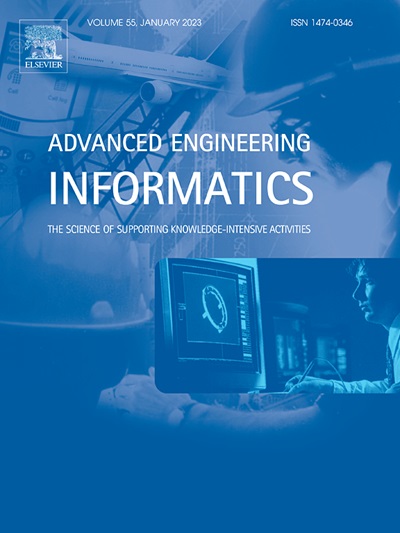Research on multi-step ahead prediction method for tool wear based on MSTCN-SBiGRU-MHA
IF 8
1区 工程技术
Q1 COMPUTER SCIENCE, ARTIFICIAL INTELLIGENCE
引用次数: 0
Abstract
Tool wear monitoring (TWM), as an important component of modern intelligent processing, faces significant challenges related to accuracy and long-term predictability. This research proposes a method for the precise and reliable multi-step prediction of tool wear. First, a dual-indicator feature screening scheme is proposed. The constructed sensitive features can describe the tool wear condition from multiple perspectives. Further, the MSTCN-SBiGRU-MHA model is developed to effectively analyze time series data by incorporating three key modules. The synergistic interaction among these three modules contributes to the model’s superior performance in complex time series prediction tasks. Finally, the multi-step prediction approach is integrated with interval prediction, and the validity of the resultant predictions is substantiated through milling experiments. Ablation experiments and the SHAP method are used to analyze the contribution of different modules and features to the model’s performance. Comparative experiments show that the model’s R2 for predicting the next 1, 5, and 10 steps across various datasets exceeded 0.86, significantly outperforming the SLSTM, SGRU, SBiLSTM-AT, and CNN-LSTM models. Accurate advance prediction of tool wear is crucial for developing an intelligent early warning system, ensuring high-quality production, reducing operational and maintenance costs, and enhancing machining safety.
求助全文
约1分钟内获得全文
求助全文
来源期刊

Advanced Engineering Informatics
工程技术-工程:综合
CiteScore
12.40
自引率
18.20%
发文量
292
审稿时长
45 days
期刊介绍:
Advanced Engineering Informatics is an international Journal that solicits research papers with an emphasis on 'knowledge' and 'engineering applications'. The Journal seeks original papers that report progress in applying methods of engineering informatics. These papers should have engineering relevance and help provide a scientific base for more reliable, spontaneous, and creative engineering decision-making. Additionally, papers should demonstrate the science of supporting knowledge-intensive engineering tasks and validate the generality, power, and scalability of new methods through rigorous evaluation, preferably both qualitatively and quantitatively. Abstracting and indexing for Advanced Engineering Informatics include Science Citation Index Expanded, Scopus and INSPEC.
 求助内容:
求助内容: 应助结果提醒方式:
应助结果提醒方式:


